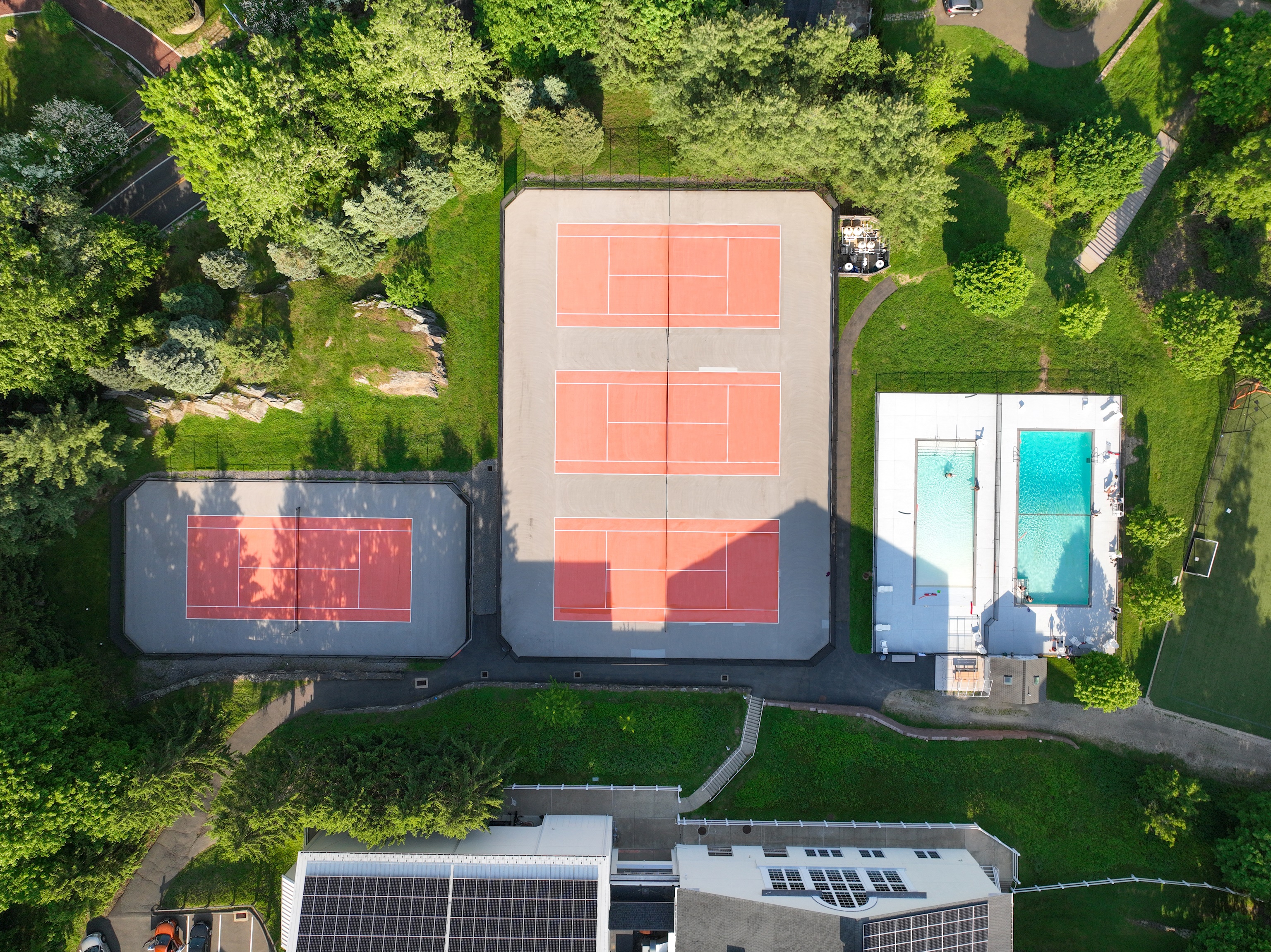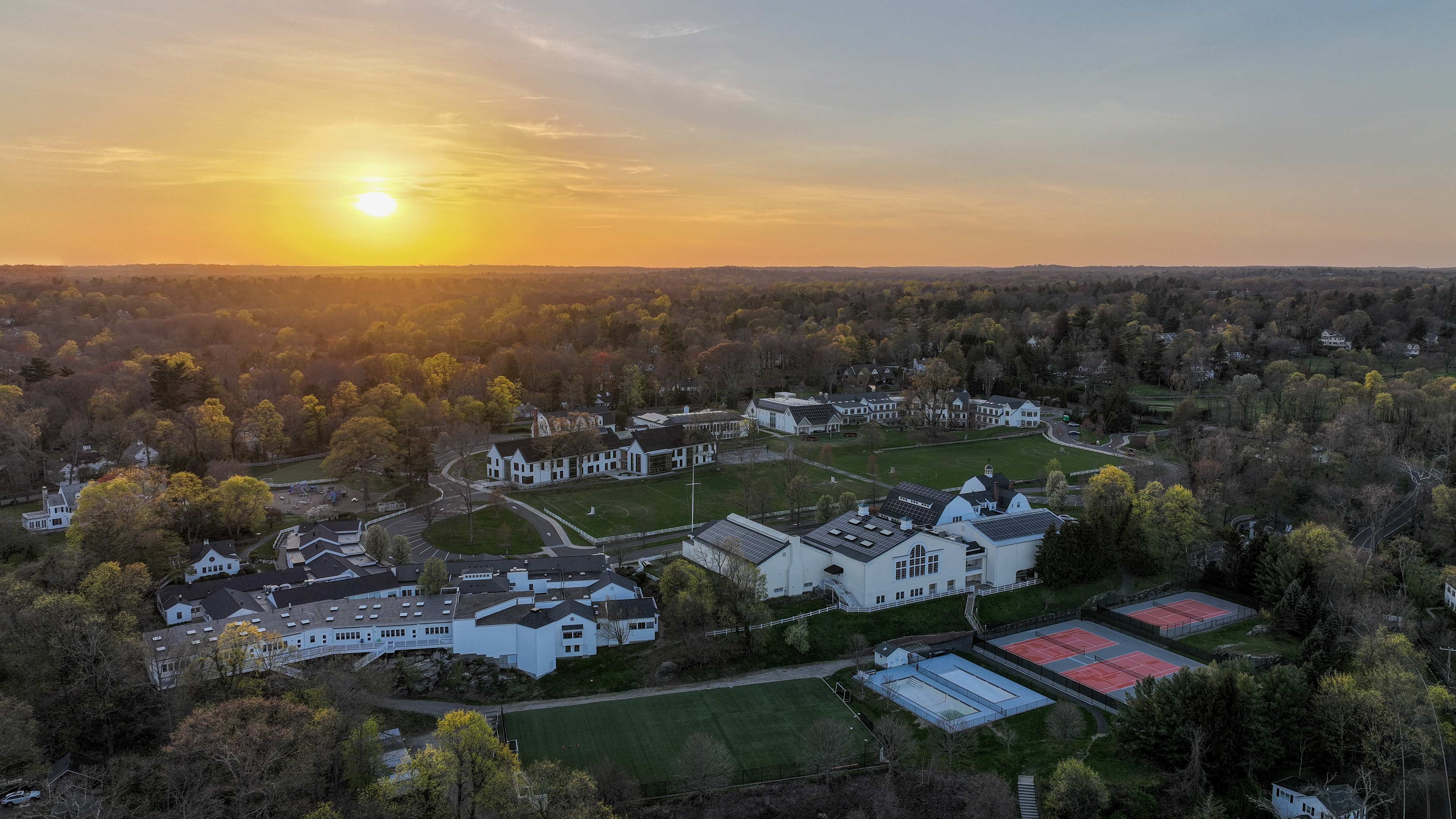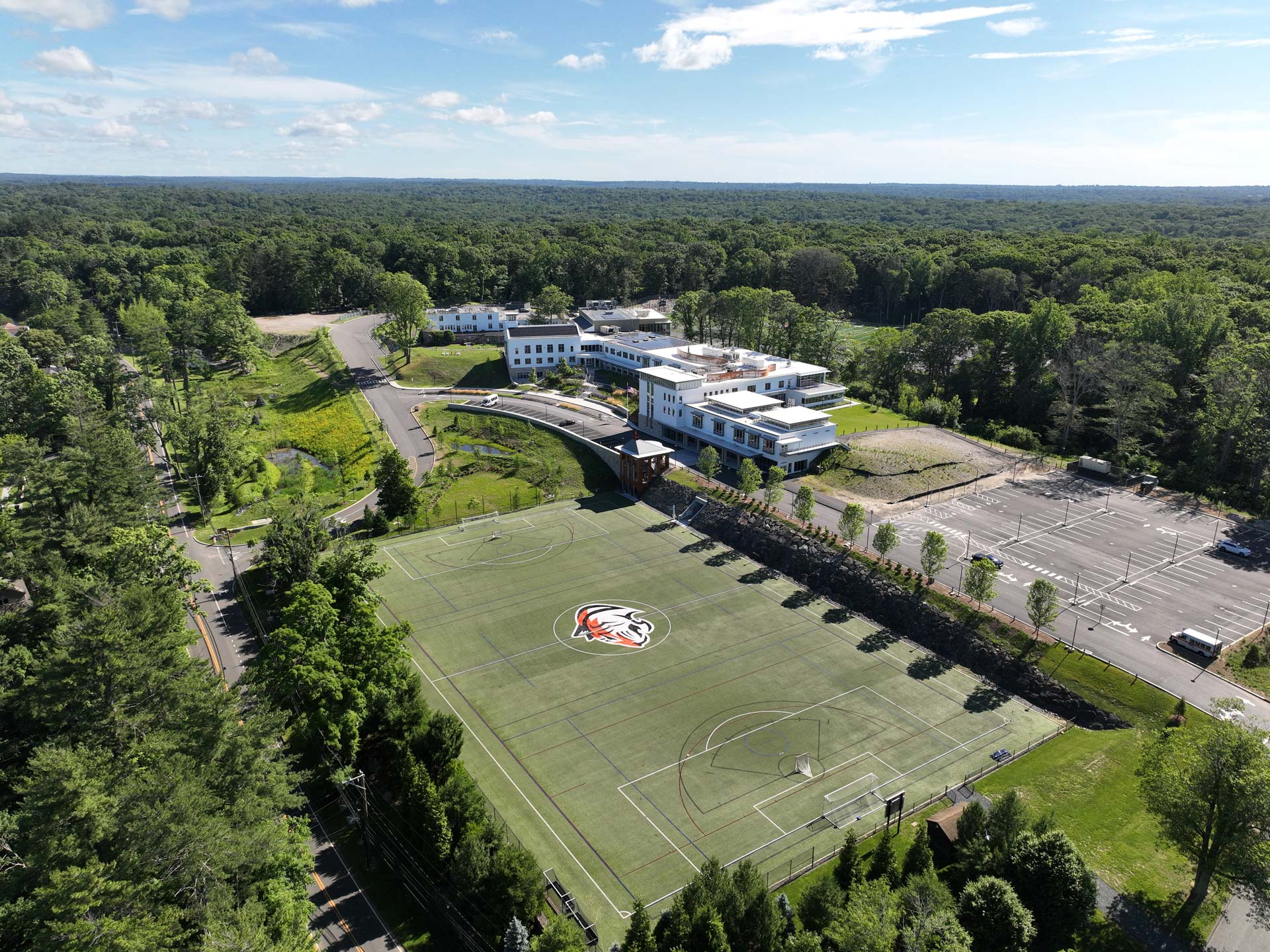Our facilities offer best-in-class classrooms, flexible learning spaces, extensive athletic and performing arts facilities, and state-of-the-art STEAM and MakerSpaces.
Focused on student-centered learning, our campus facilities are more than buildings, they are teaching tools. In both formal and informal ways, they promote interdisciplinary learning and collaboration, and serve as living laboratories in environmental stewardship.
Old Church Road Campus
401 Old Church Road (Grades N-8) | Get Directions
Greenwich Country Day School's 92-acre campus on Old Church Road is available to our Elementary and Middle School Students.
Stanwich Road Campus
257 Stanwich Road (Grades 9-12) | Get Directions
Our newly constructed 42-acre Upper School Campus on Stanwich Road.
French Farm
516 Lake Avenue | Get Directions
GCDS's French Farm is a small-scale historic farm, which also includes botanical and art collections.
A Sustainable Campus
The GCDS campus also reflects the school's commitment to sustainability and to educating students about environmental stewardship. GCDS's 352 kW solar system includes 1,068 solar panels, and the three newest buildings—the Middle School, the Performing Arts Center, and the Upper Elementary School—are Gold LEED Certified.






